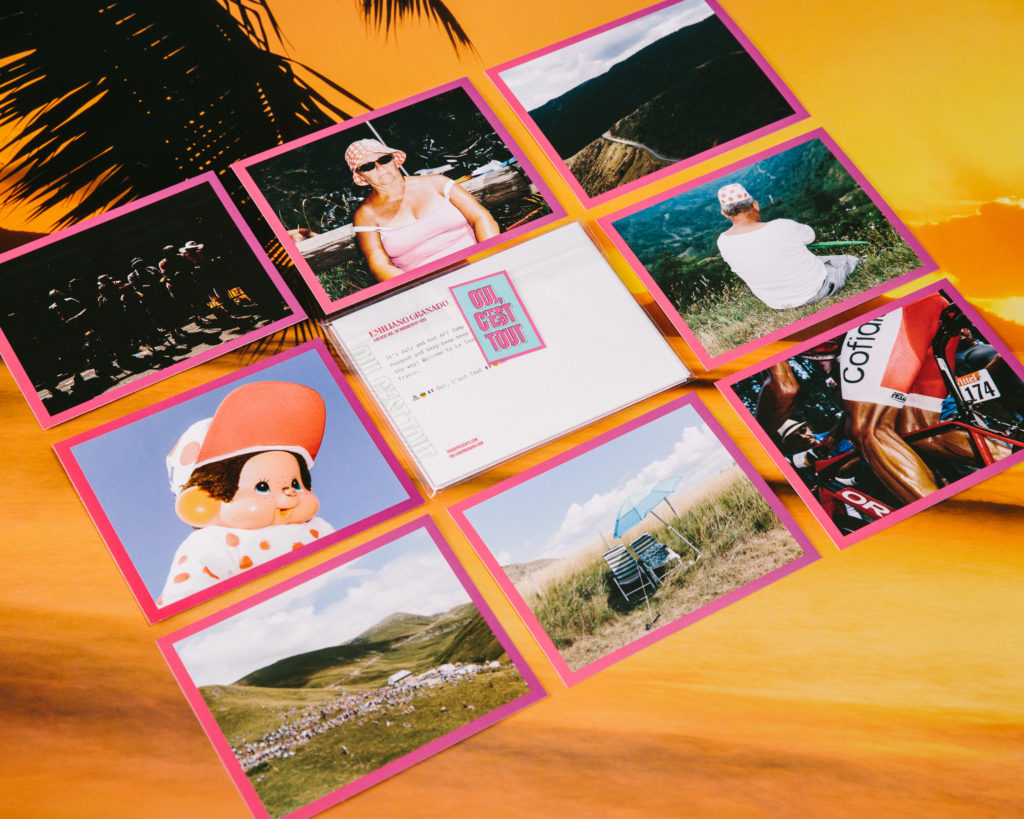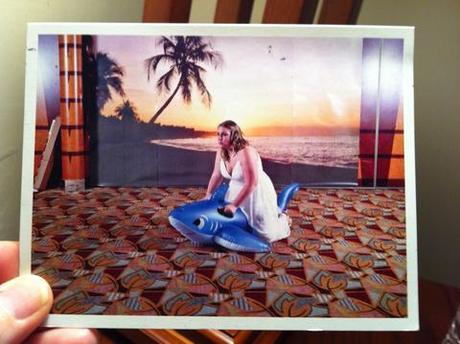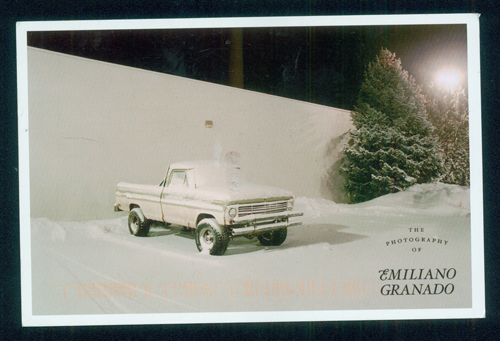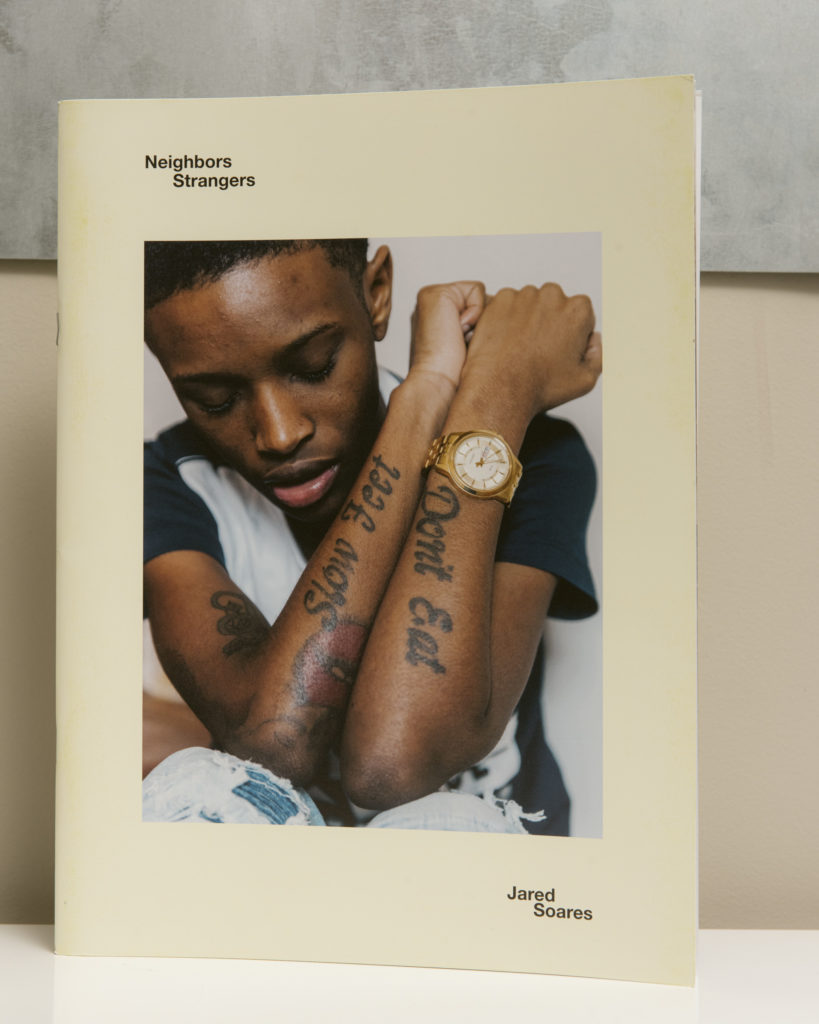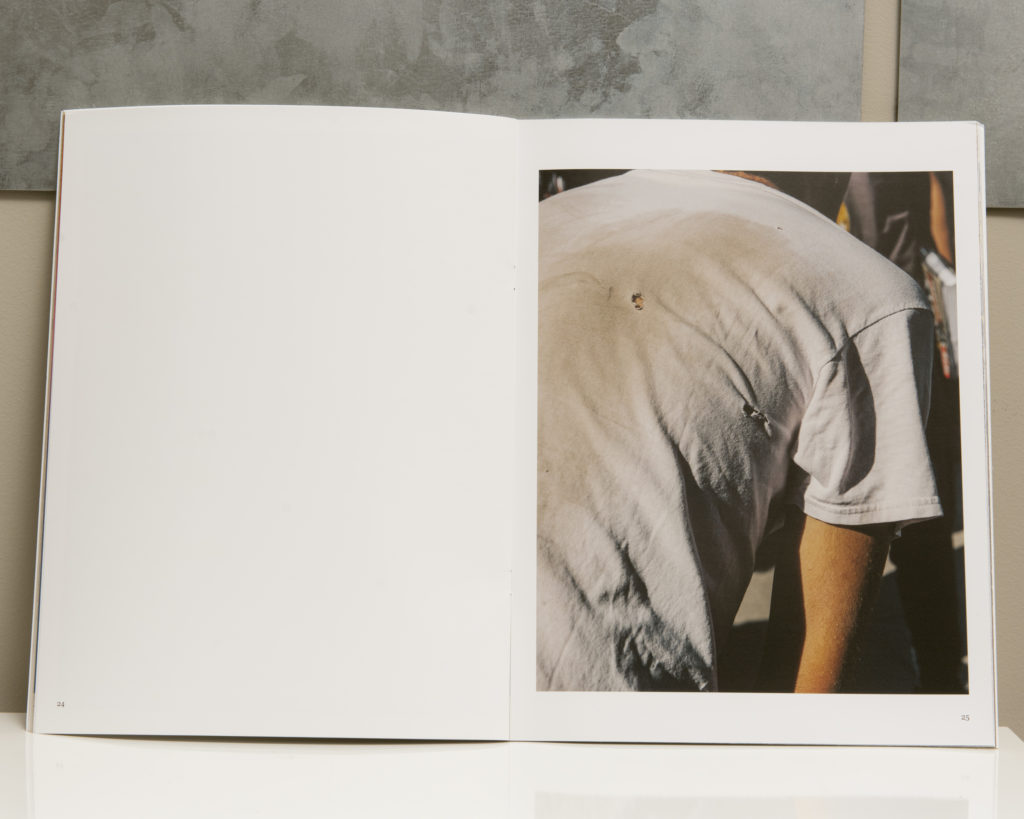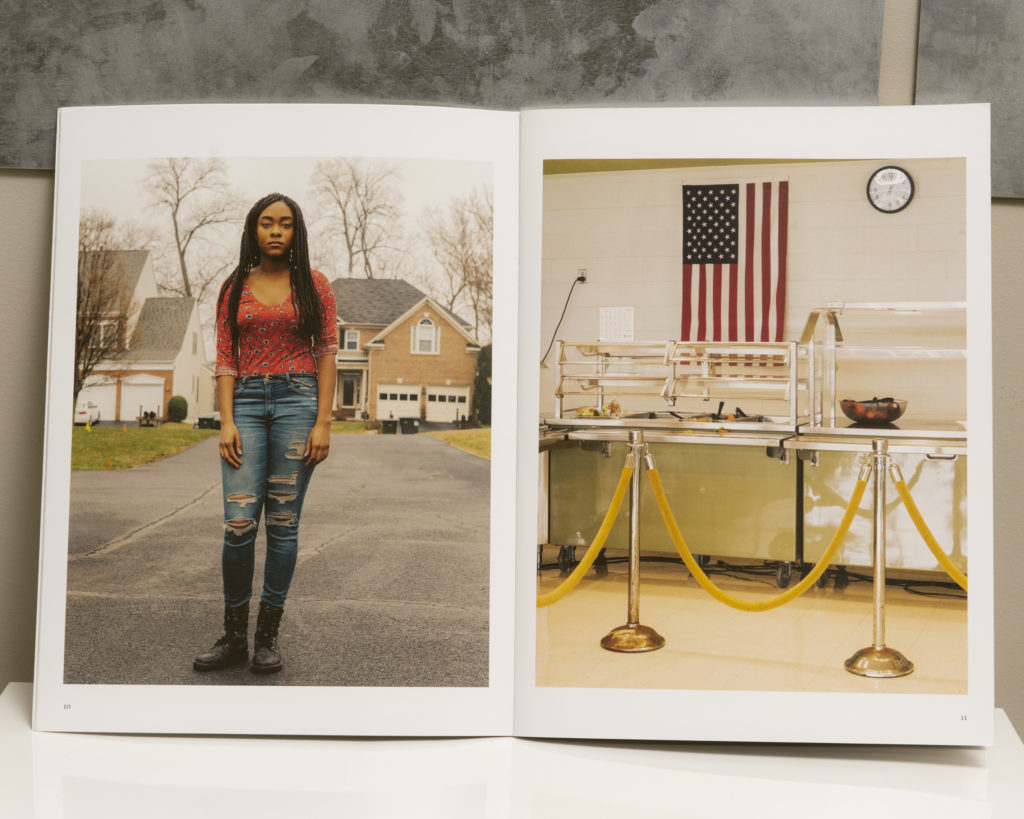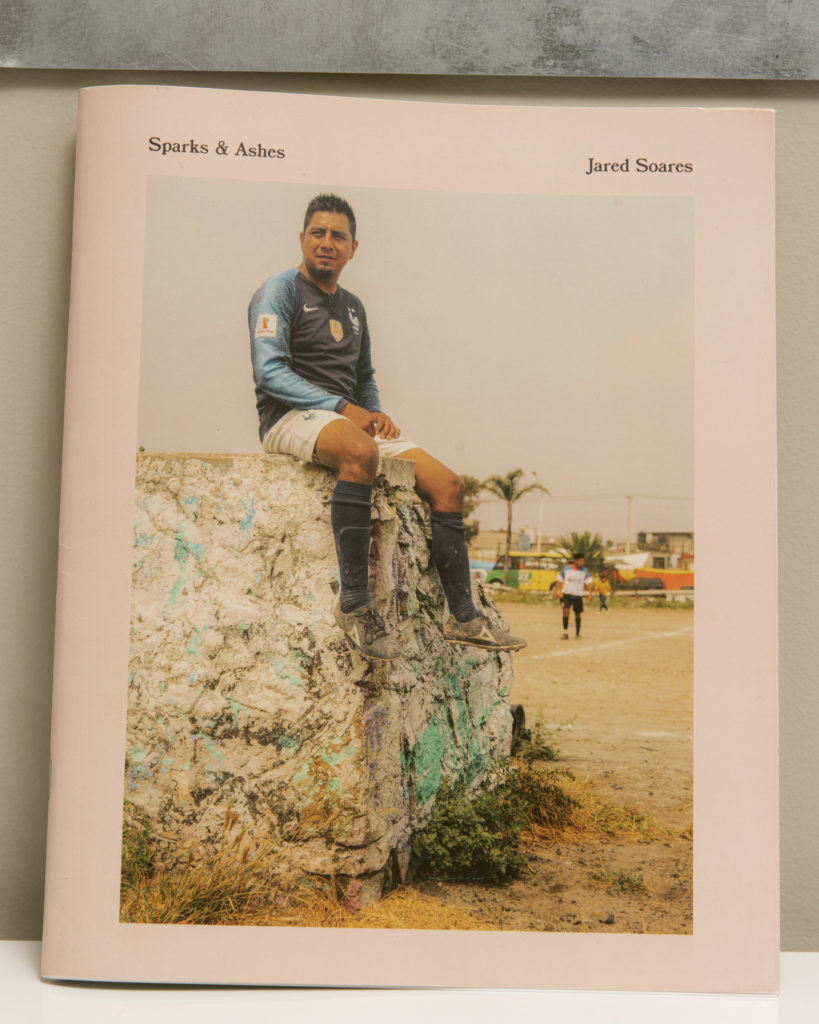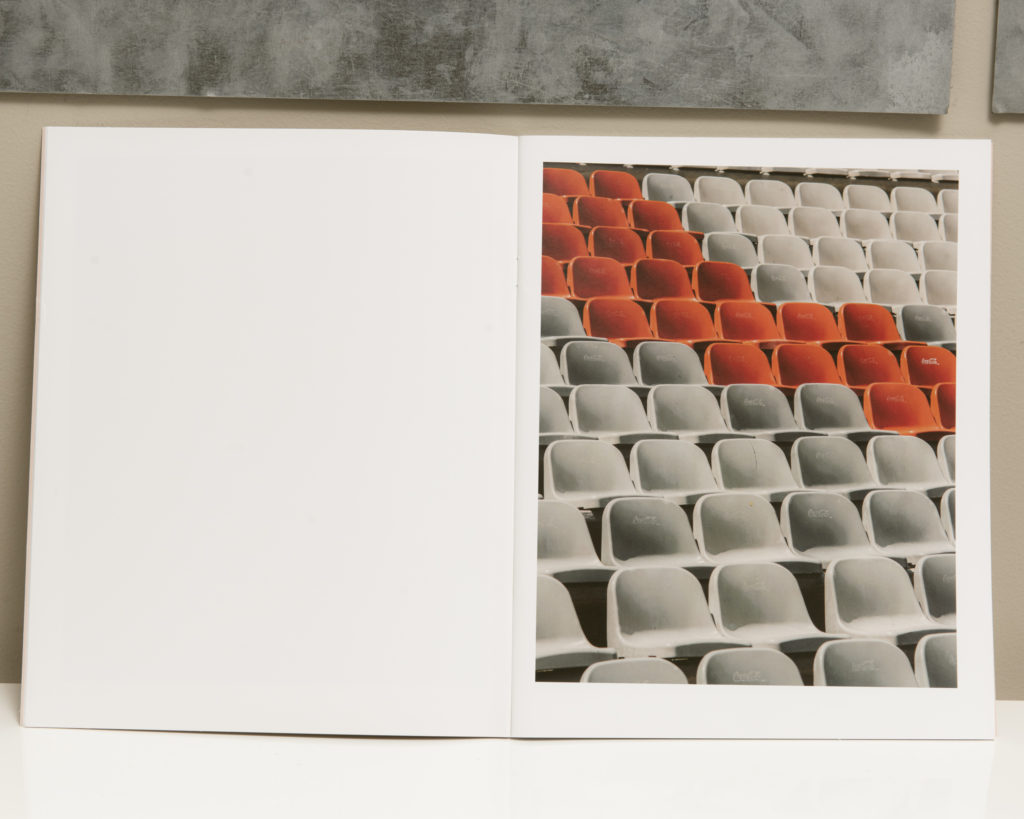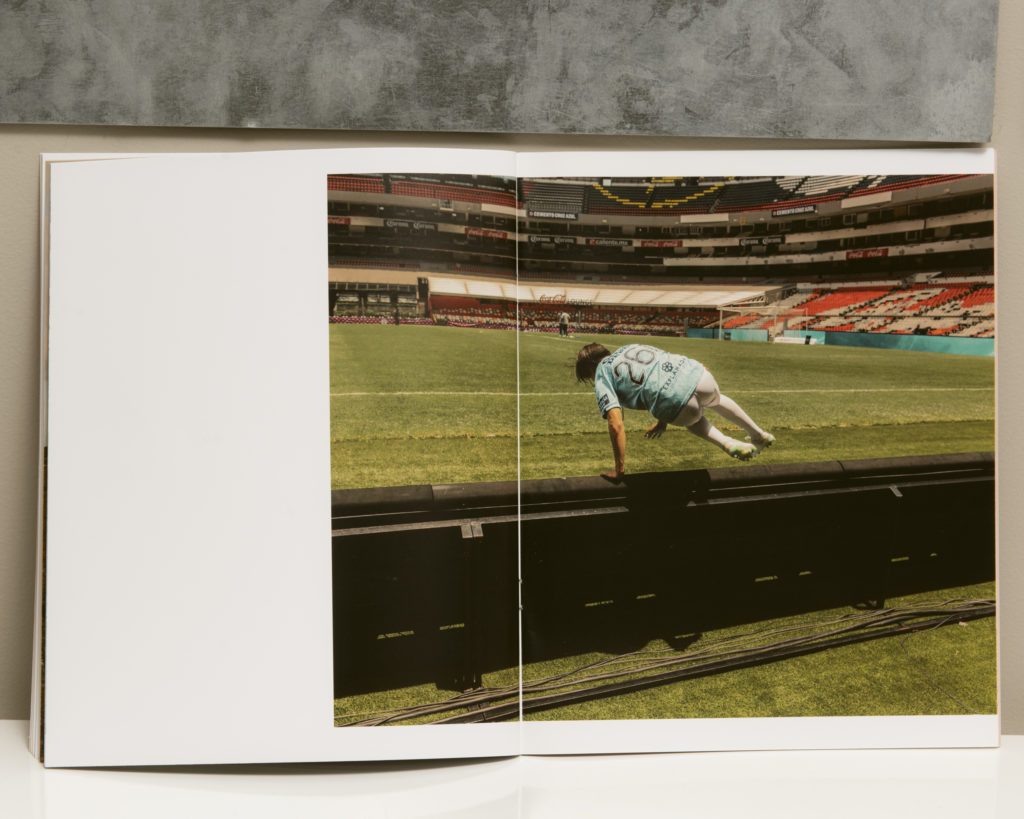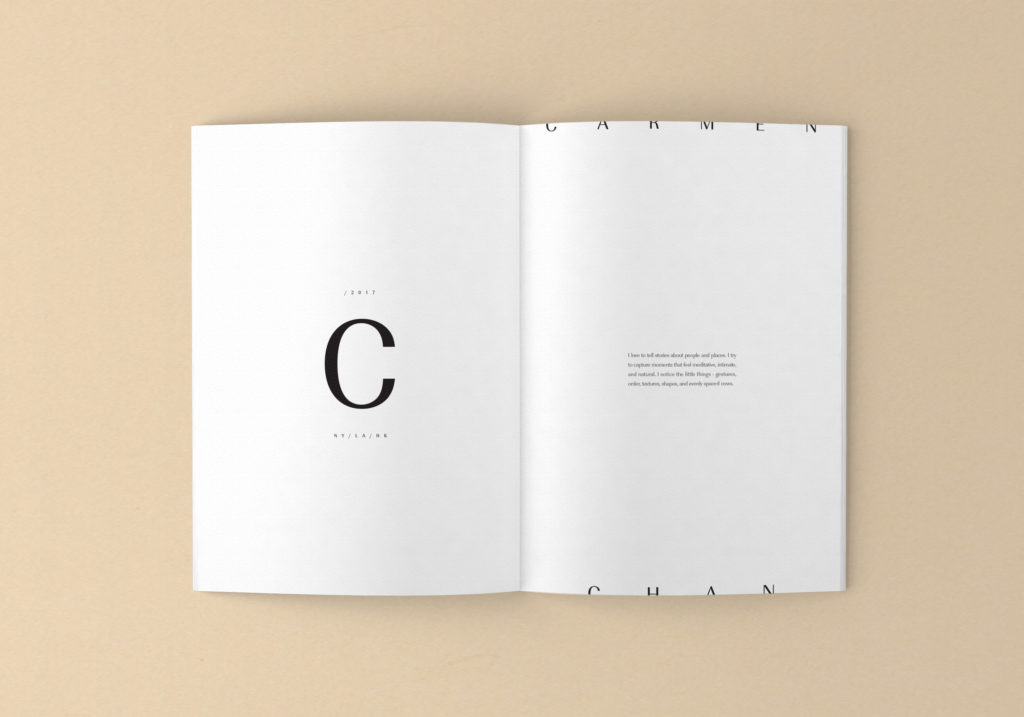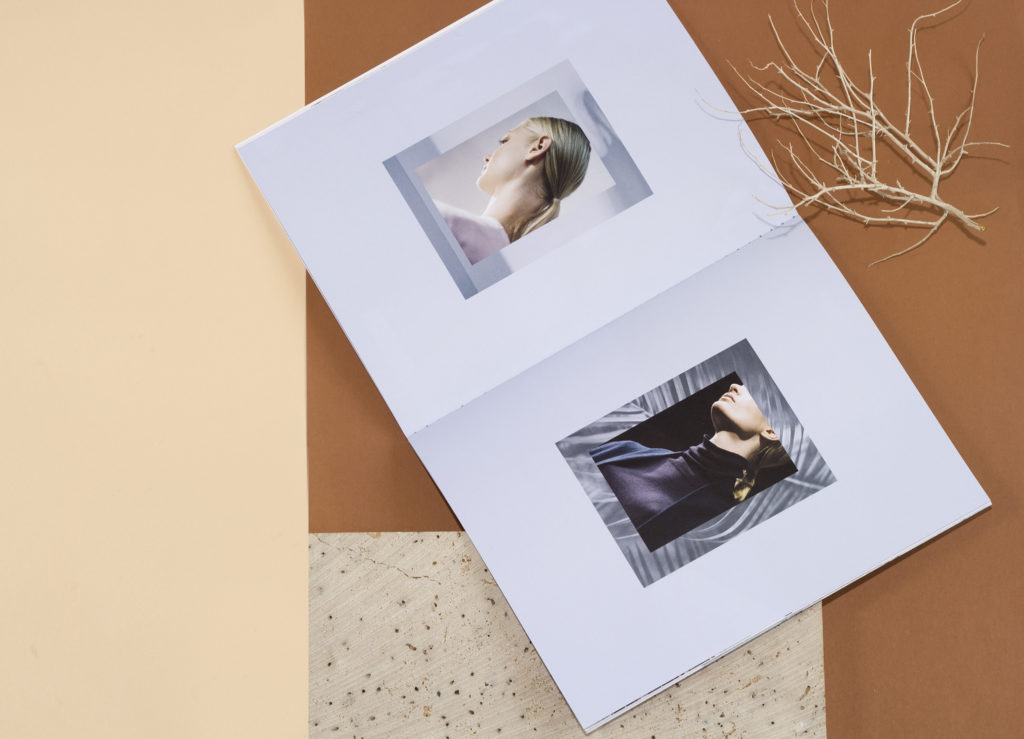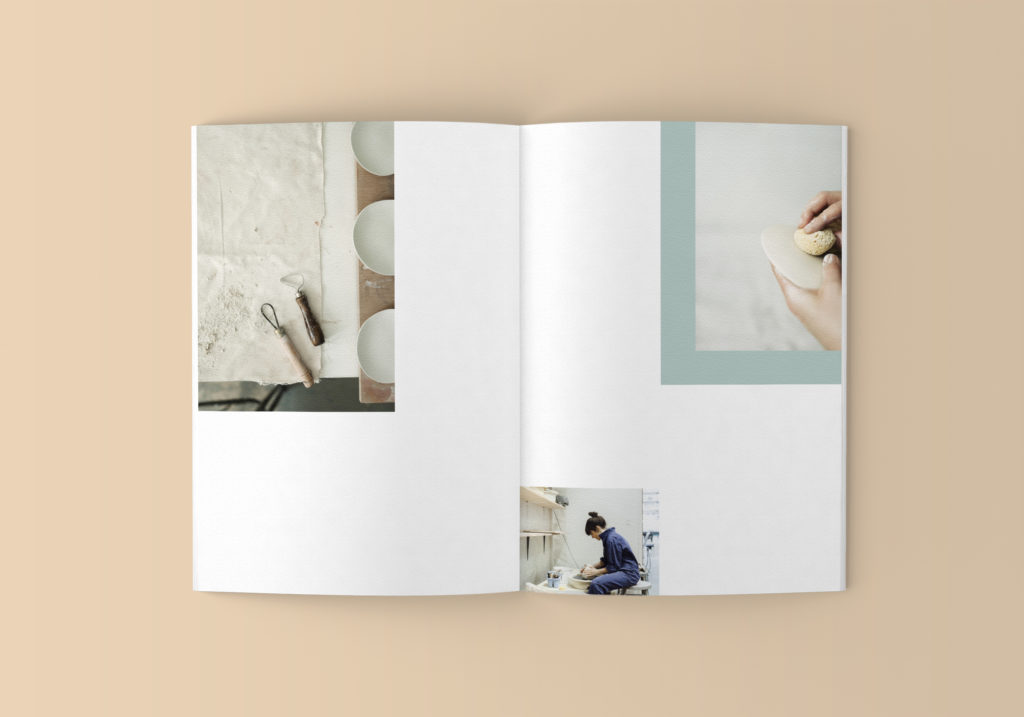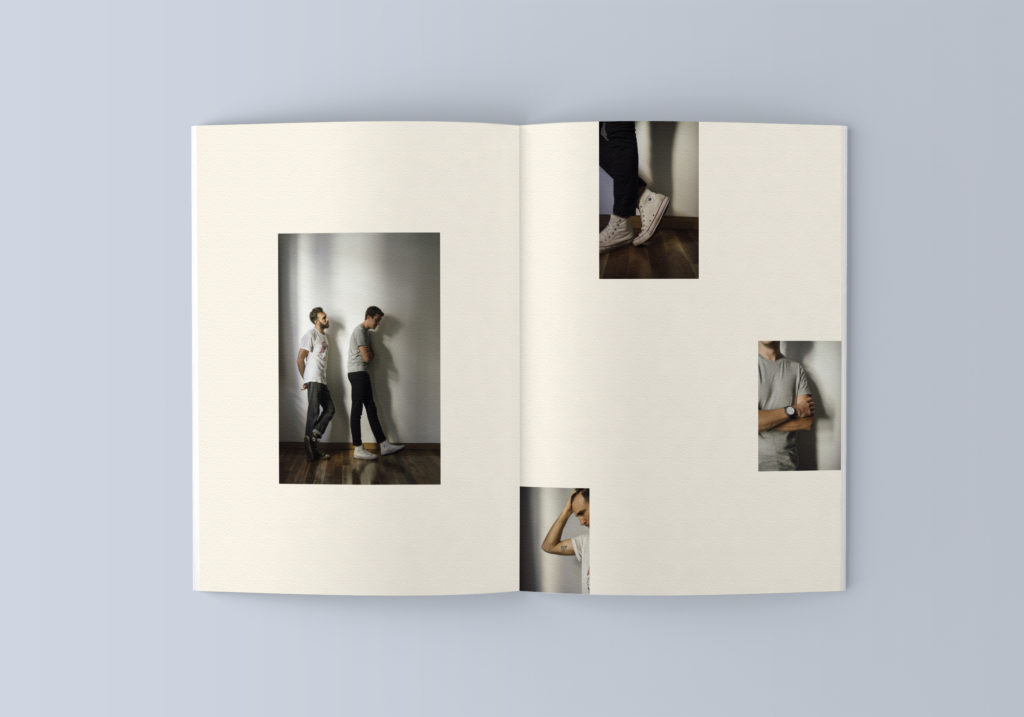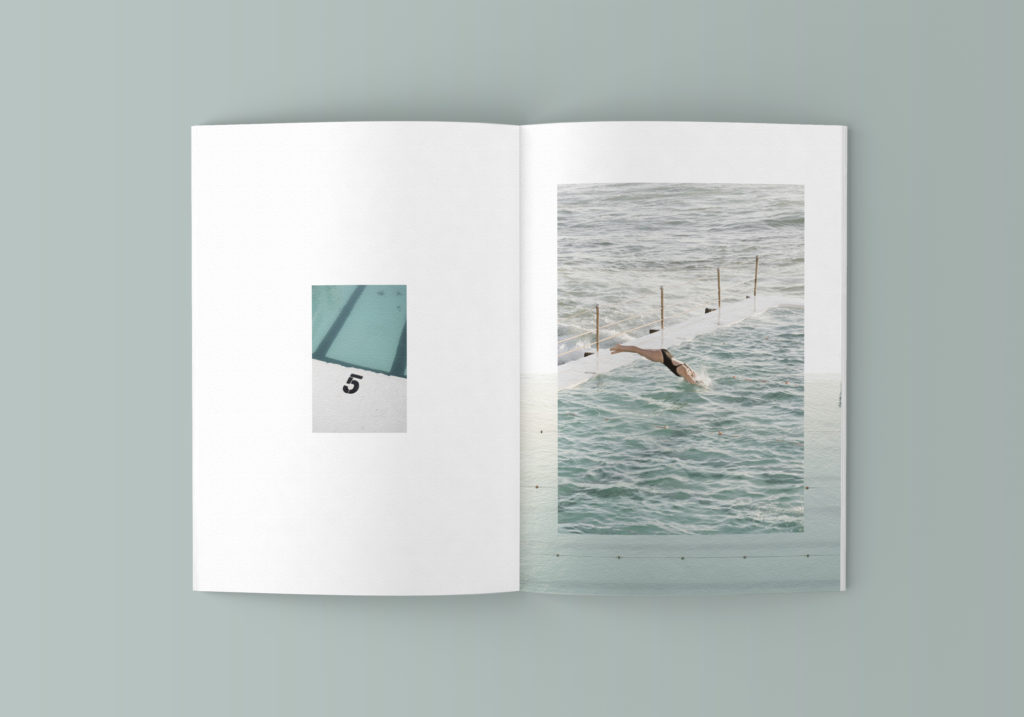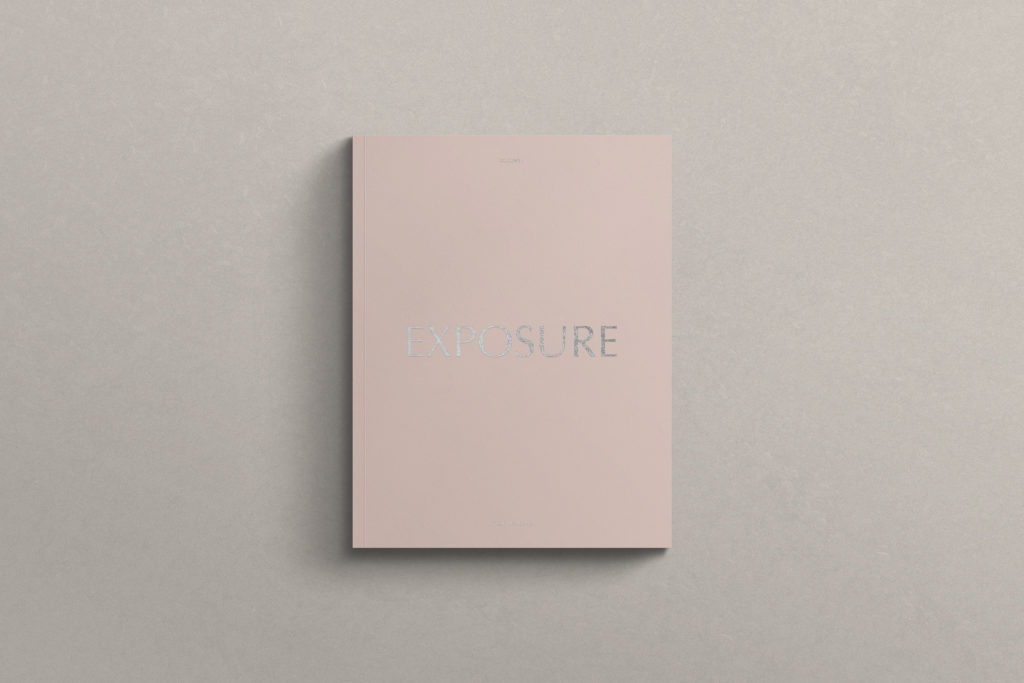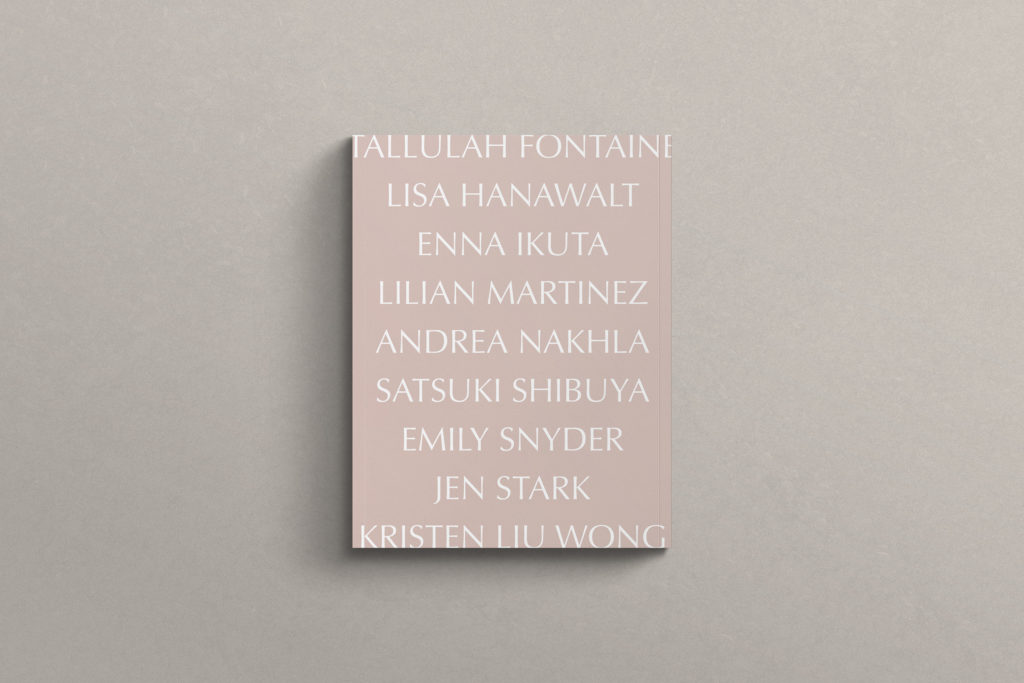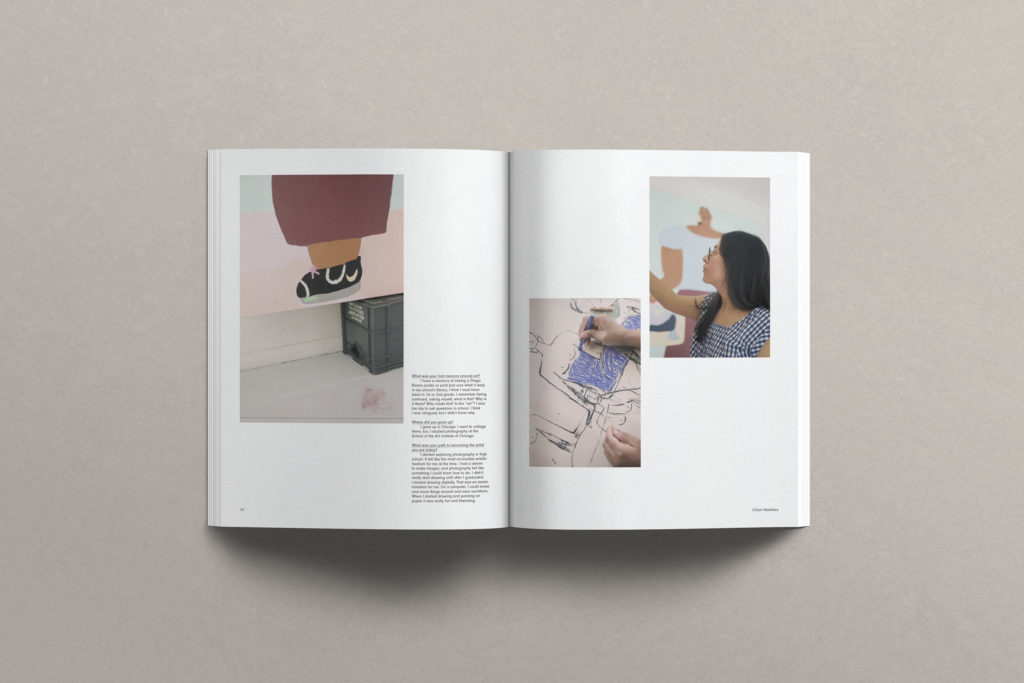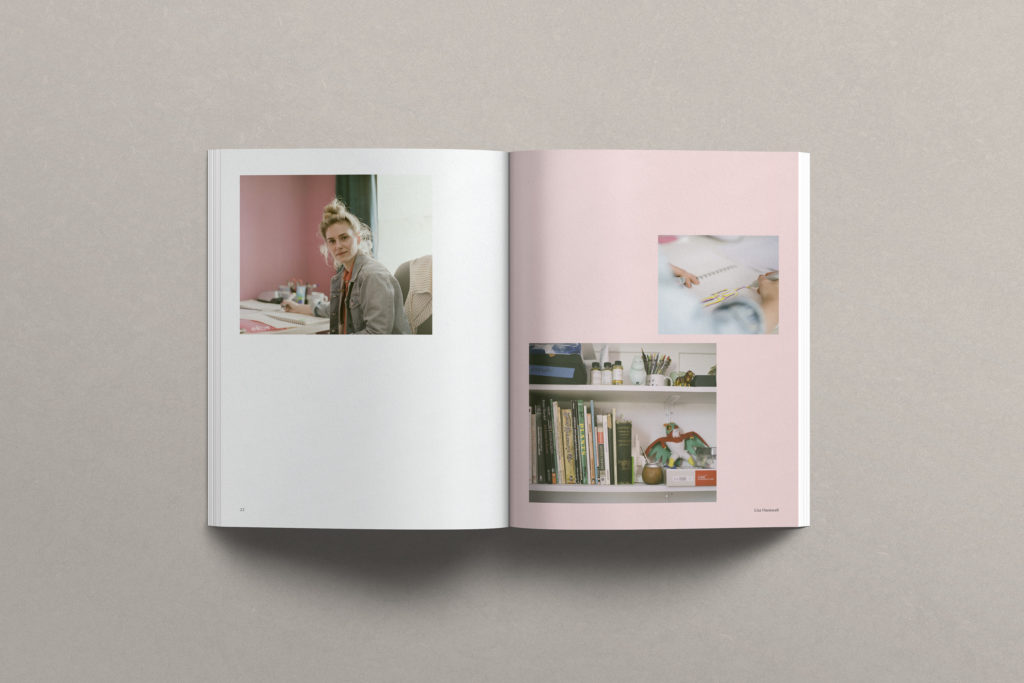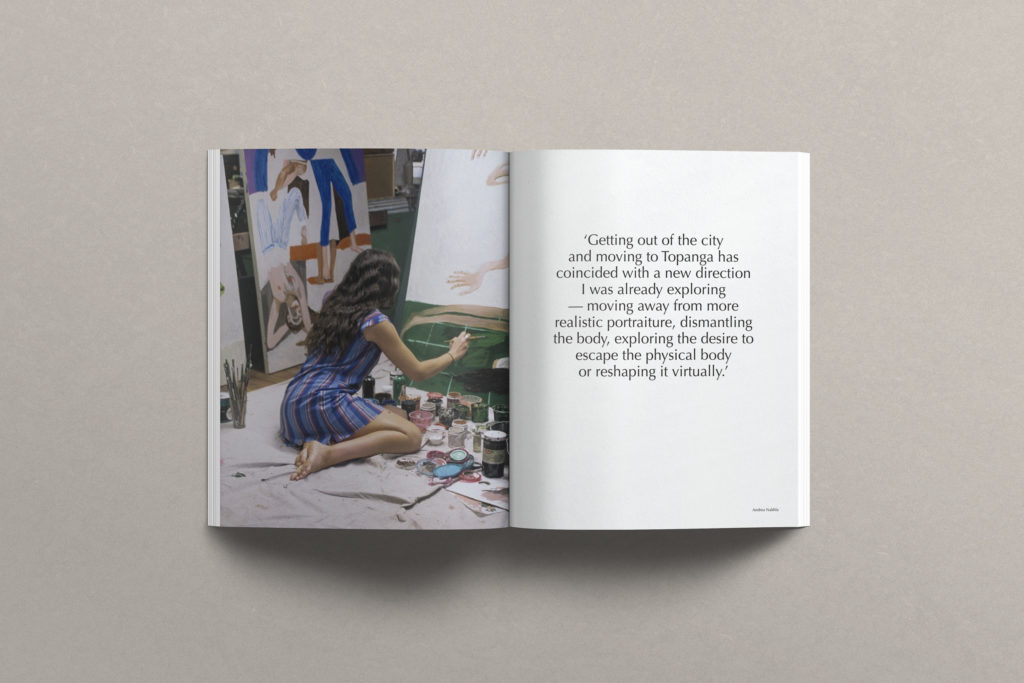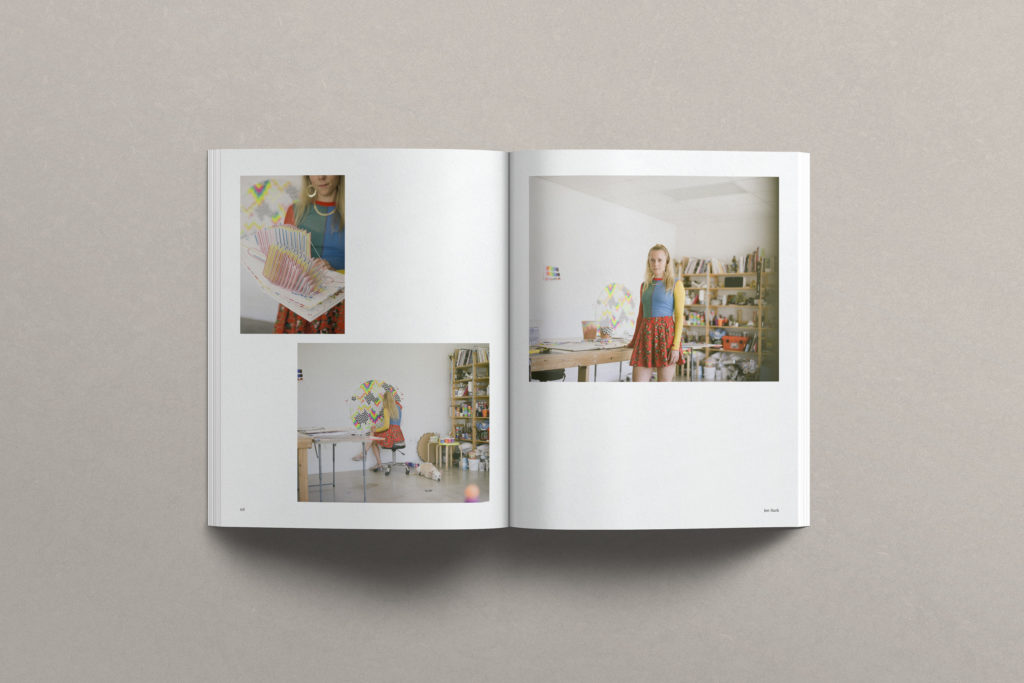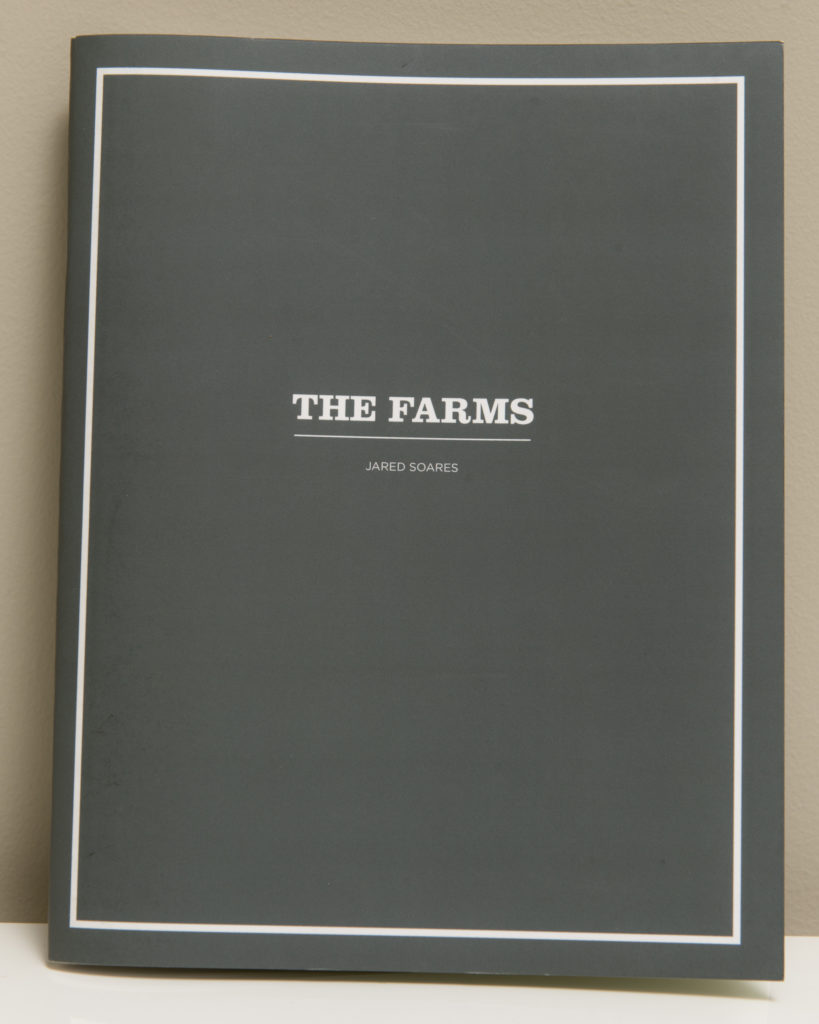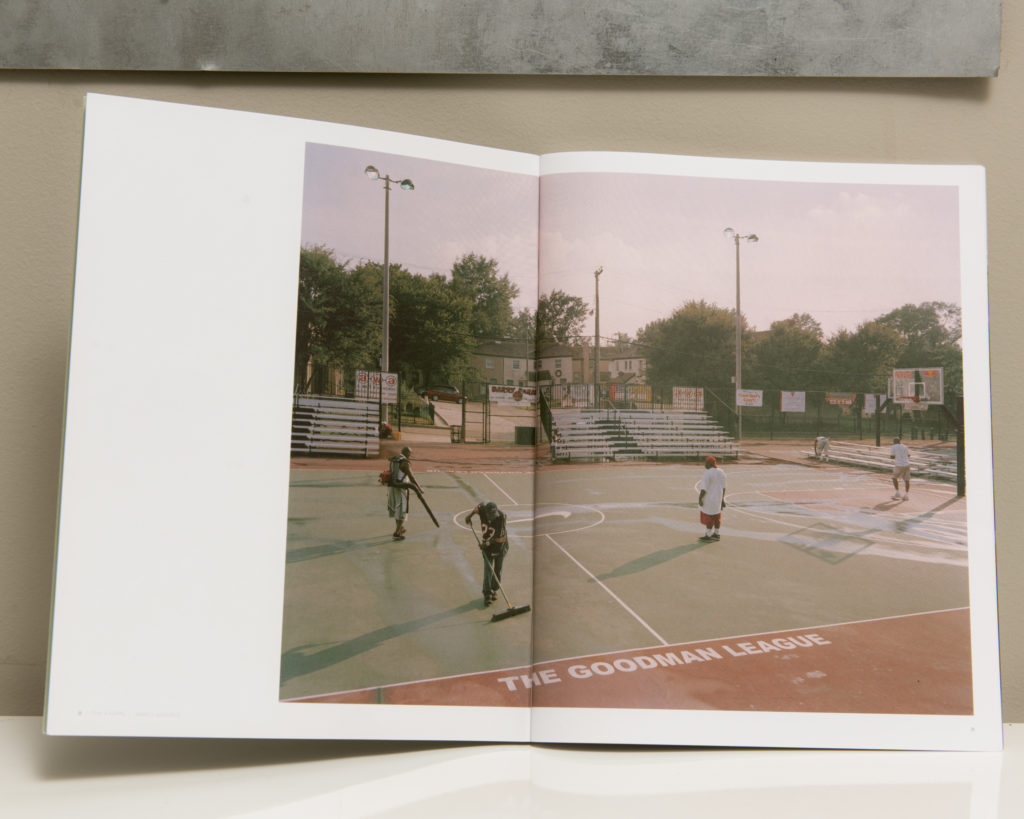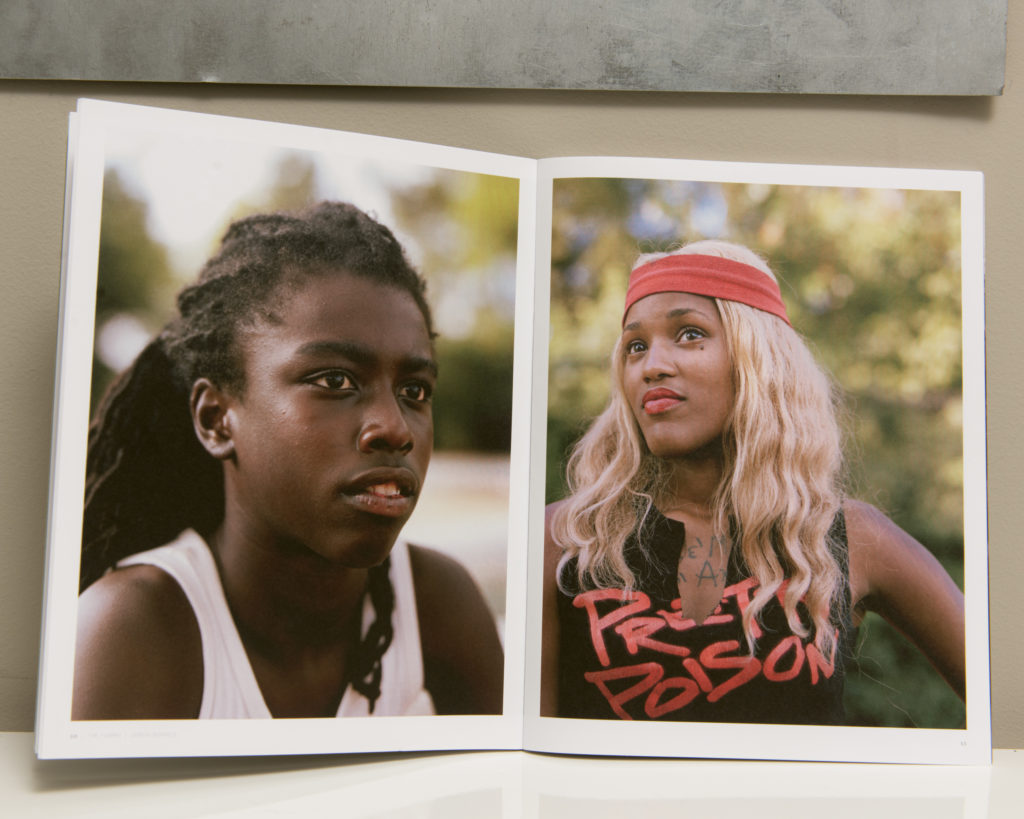Questions
Knowledge Base Questions
EG: You can choose to market yourself with big, loud tactics. I’ve chosen a slower approach with my marketing; I’ll call it “white noise marketing.” The secret for me has been to continue to produce quality images and quietly remind people about them. I do this with a combination of the following:
- A newsletter I send about 3-4 times a year. This is an example of one.
- Postcards I send to friends, clients, people I want to like + hire me, etc. I usually send them out 3-4 times a year. I usually write something funny and personalized on the back.
- When I have a cool project, I’ll do a big printed piece or zine or something. Here, here, and here are examples I’ve done in the past.
- Portfolio meetings with people as much as possible.
- Social media. I befriend people who I think do cool work. Hopefully they like the work I do, too.
- I’ve been sending end-of-year gifts with candy and other funny stuff for a few years, too.
I’d hate to be the photographer version of a used car salesman with loud gimmicks and cheap suits. That’s not the association I want people to make when they think about my work.The focus for me has always been and will always be “make good work.” Of course, I can do things to help promote that work, but if it sucks to begin with, then I’m failing. I’ll continue to self publish and create personal work—that is essential to me as a human and as a brand.
JS: Self-initiated projects are the cornerstone of all my marketing efforts. This provides a space where I can experiment, push a new aesthetic and explore an area of interest. In this space, I have full control and I am able take more creative risks in terms of approach and presentation. This is the work that I prefer to share when I approach both existing and potential clients.
In terms of marketing practices, it is imperative that I’m sharing work that I’m excited about and presenting it in a way that speaks to my personality.
I do the following:
- Email newsletters – I send these out about 2-4 times a year to both editorial and commercial clients. When I am putting these together, I like to make sure that I have at least 3 notable items and a call to action. And I try to write them in “my voice.” This is an example of a recent newsletter.
- Direct email – If I have a specific idea to propose or if I am trying to introduce myself. I try to be very intentional with these types of emails.
- Booklets – GrApHic DeSigN iS mY PaSsIoN too! But seriously, I am a huge fan and collector of magazines and photography books. About 1-2 times a year, I send out booklets that feature collections of my recent work. I do the layout and design for these and it’s another way to share a little bit about me and my interests. *Quick note: since we’re still in a pandemic, I’ve paused this practice since the recipients for these are working from home and not the office.
- Editorial assignments – Sometimes a byline in a notable publication can function as self-promotion.
- Meetings – Pre-Pandemic I was carving out at least 1-2 weeks to do in-person meetings, where I would show a physical portfolio, books, prints encompassing both personal and assignment work.
- Internet + Social Media – My portfolio site gets updated regularly and I post semi-regularly to Instagram. Since we’re still in a pandemic, these are the two buckets that I’m paying attention to at the moment.
CC: I do the same thing as Jared as far as marketing efforts. Except I don’t have the graphic design skillz so I hire designers to help. Some examples of my printed pieces and projects below –
A client received the above promo and I didn’t hear from them until they hired me for a two-day ad job nine months after receiving the promo. You just never know.
EG: Make the type of work you want to be hired to make.
CC: Agreeing with Emiliano here. Think of it from the client’s perspective – they’re making an investment in your eye, your images, and your ability to run your set and deliver on the brief. What is in your portfolio demonstrates what you’re capable of, so you’ll get hired for what you show. It’s the same reason I look at photos on yelp 🤤
JS: This is an evidence based industry, in order to get the work you want, you have to demonstrate that you are able to do it- consistently.
Link to this anwser.
JS: Be the expert in the room, you need to have a solid understanding of the topic/issue/subject before you log into your email. If you’re proposing an idea to a magazine or a news organization, you need to be able to succinctly convey what the idea is, why it’s important and why it fits with this particular publication. Also, be able to mention, why you are the most qualified to tell this story. The more specific that you can be, the better. If you have examples of photographs related to the idea, its best to attach 1-3 of your strongest images along with 2-3 paragraphs describing the project, how it relates to the client and your approach. Also, be sure to acknowledge the recipient’s humanity, it’s okay to add a “good morning” or “good afternoon” at the top of the message along with a compliment about a recent project that they worked on that you enjoyed- this demonstrates that you are paying attention.

CC: Here is some amazing insight from Yael Malka – Want to Pitch To Magazines? & Pitching The New York Times. Also, from multiple editor’s perspectives – Do’s and Don’t of Pitching to Photo Editors. While there is a lot that goes into it I wanted to quote Yael from when she worked at The Fader on what not to do, as a starting point –
Link to this anwser.A lot of photographers would send a very lazy email: ‘Hey, let me shoot this person for you.’ It would be presumptuous, and a lot of the emails weren’t very thoughtful. It was just, ‘You’re a music magazine. Let me shoot this person who’s a musician and that’s all I have say.’ But there’s a lot more to it. Photo editors want to see that you’ve been thoughtful about it—thoughtful in that you have an angle, and thoughtful in that it makes sense for the publication.
EG: You have to approach this as a long-term thing. Just because a photo editor followed you on Instagram doesn’t mean you’re going to get a job. Just because they responded to your email doesn’t mean you’re going to shoot the cover. You’ll literally send hundreds of messages before getting your first jobs. You’re going to bid dozens of jobs and not get any of them. You’re going to spend many days writing treatments that you won’t win. You’re going to strike out a million times before you get any jobs. No one owes you a damn thing. It’s a slow, slow process, so bunker down for the long haul. The only thing that you can control is your creative output. Make sure it’s 🔥🔥🔥.
Some basic math: I may send out a newsletter to, say, 1000 people. Of those 1000 people, only about 100 of them will read it. Of those 100, only 25ish will respond with “great work!” And only about 1 or 2 of them will eventually hire me at some point. Maybe next month, but probably next year. The turnaround on success and ROI on any marketing is measured in years . . .not months and definitely not days. I’ve never walked out of a meeting knowing I was going to get a job from someone – it was always a pleasant surprise a week or month or year after the meeting.
CC: Let’s be real, it’s demotivating when I’m not getting responses…it’s a bummer when I’m not shooting, period. (Hence the importance of personal work) It’s disappointing when I don’t win the job after I spent my weekend working on a treatment. The reality is that someone is going to get the job and it’s not always going to be me/you. The way I see it is – I’m trying to get in touch with the people who love my work and want to work with me. If I didn’t get the job it doesn’t mean my work sucks, it just means that the client found someone who is a better fit for the job (for whatever reason) and the ultimate goal for the agency/client is to find the person who is going to help them make the images they need (after all, they’re trying to do their job, they’re not trying to go around bruising egos, I hope). Trust that they made the right decision for the sake of the project. I keep in touch with whoever rejected me because there might be another opportunity in the future where I am a better fit. I respond with an “aww man!”, I accept that decision and move on. I accept that rejection is a part of the business (and life in general) and I eventually become desensitized lol. jk. sort of. Also, don’t confuse a lack of response with rejection, not everyone has the time to respond to every e-mail they receive, like Emiliano said, nobody owes you anything.
JS: In the past few years, I’ve learned how to separate out the emotion that gets attached to rejection in order to learn from the process. There is typically a lot of good information that you can absorb from that experience. Use this information to keep moving forward on your path.
Link to this anwser.
EG: I can think of two really specific successes. Many years ago, I found a cool new agency somewhere on the Internet. They had just started out and were doing some cool small projects. I found their address and sent them a postcard with a funny message. They really liked it and posted it on their blog. I eventually met them in person to say hi. We stayed friendly for years, and last year they asked me to shoot a really great project for a big athletic brand.
Back in 2008, I published a newsprint publication called “Thank God That’s Over.” It was a humorous photo essay taken on a five-day cruise from New Jersey to Bermuda. It was every bit as awful as you can imagine. To this day, people still reference that newsprint thing. I learned that to make good photos is not enough. You have to package them up nicely and deliver it to the world in a format they will enjoy.
JS: This past Fall, I sent an email newsletter to a list made up of mostly photo editors in order to share some recent editorial work. A photo director from a magazine replied and inquired if I was available and interested in working on an assignment later that month.
A couple years ago, I made a booklet to accompany a personal project about a summer basketball league. Unsure of how it happened but the booklet wound up on the desk of an individual who works for a popular sportswear brand. This person ended up hiring me for some of my early commercial work at the brand and later connected me to a creative agency that I still work with today.
CC: I signed with my agent as a result of my “marketing” efforts – they saw my work in a magazine, then they received my email newsletter, after they received my printed promo they invited me in for a meeting.
A client received the same printed promo and held onto it for nine months before the right job came along – a two day ad job.
I cold emailed a handful of editors at the NY Times introducing myself and my work and within 2 months I was hired by two different editors to contribute portraits.
I will also say that the marketing efforts are compounding like it was with my agent and it’s a matter of timing – when the right project comes along and the client remembers your work or happens to see it (somewhere – newsletter, promo, magazine, email) and they’re looking for someone to hire that has your style. Keep at it!
EG: I think about marketing quite a bit. I like to send emails and introduce myself to potential clients and other people who are doing cool work. You have to build your network in order for that network to pay off for you. I don’t have an established workflow for it, but if I find out about a new agency doing cool things from a blog or Instagram post, I try to find out who the art directors are and send them postcards. Maybe I’ll email them and try to set up a meeting. It depends on how much free time I have and how brave I’m feeling that day.
And that hits an important point. You have to be brave. You have to learn to put yourself out there and not get a response from someone. In general, you’ll reach out to 100 people and only 20 of them will respond, and of those you’ll only ever meet five of them in person and maybe one of those people hires you down the line two years from now. So you just spent several hours trying to reach 100 people and you failed 99 times. But that one person. . .
JS: Marketing takes up a lot of space in my world. My approach is intuitive, if I have a cohesive batch of photos that I’m excited about then I know it’s time to get them in front of people. Much like Emiliano, I spend a lot of time scrolling the popular mobile app, Instagram, and when I see a magazine or agency that shared some interesting work, I’ll do the deep dive to figure out who was a part of the project. Then I’ll figure out an obtrusive way to get my work in front of them. Since we’re still in a pandemic, I’m really only using email and social media to reach people. The important thing is to make sure that you’re sharing strong work and consistently reaching out to people.
Link to this anwser.
EG: You can choose to market yourself with big, loud tactics. I’ve chosen a slower approach with my marketing; I’ll call it “white noise marketing.” The secret for me has been to continue to produce quality images and quietly remind people about them. To do this, I like to send people anywhere from five to eight postcards a year and usually write something funny and personalized on the back. I’d hate to be the photographer version of a used car salesman with loud gimmicks and cheap suits.That’s not the association I want people to make when they think about my work.
The focus for me has always been and will always be “make good work.” Of course, I can do things to help promote that work, but if it sucks to begin with, then I’m failing. I’ll continue to self publish and create personal work—that is essential to me as a human and as a brand.
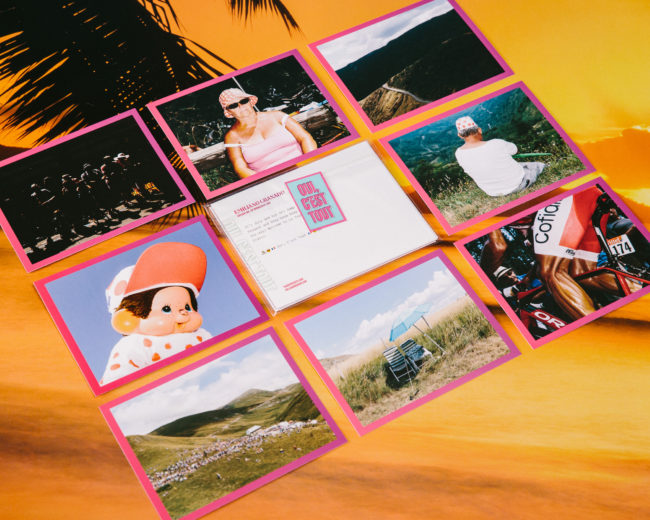
JS: This feels like a cart versus horse query. From my perspective, you need to have the goods before you share them. My focus will always be creating new projects and presenting them in a way that is fully in service of the work. When my work is ready to be shared with clients, I try to be personal and tailored in the marketing approach. This could be in the shape of a direct email or a handwritten letter with a batch of small prints in an envelope. I want the way that I’m reaching out to be consistent with who I am as a person and the feel of my work. Photographs will always lead. Design needs to be utilitarian and current. No gimmicks, no food. Ask yourself these questions, does this feel like me and would I want to receive this?
Link to this anwser.
EG: Figure out who you want to be. NOT who THEY want you to be. Stay on that trajectory, no matter what.
JS: Be yourself. Be dedicated to the craft of making images for the love- the “money” will show up later. Follow your interests and make work about people and issues that you are connected to. Don’t compare yourself or your work to others. It is more than okay to make mistakes, they are the hands that we hold to get us back on track. Let Roxette be your guide.
CC: Make the work you want to make, show it (perfection is the enemy of progress). Repeat. Be patient. Find a community for support and to support. Figure out your business systems and data backup.
Link to this anwser.
JS: Personal work is the lab where you cook up and make a mess with different experiments. I often use smaller self-initiated projects to figure out and refine different approaches that I will either use in a longer term project or for an editorial client. The relationship between commercial and personal work is symbiotic, I’ve found that I’m often hired for a specific approach that I honed during a project that I pursued on my own. Always remember that the main through line with your work is YOUR VOICE- don’t get tripped up on if it is too much of a departure from your past work.

EG: If you’re not crafting new things and experimenting . . . then why are you even here??? Personal work is where you experiment and try out things you’ve been wanting to do. It also is the only time that you can be 100% selfish and do the work YOU want to do. No one else has a say in what you make. If you do personal work right, then assignments will follow in the same style as your personal work.
Link to this anwser.
JS: Personal work is the container that allows me to show who I am and what I care about. Also, it is a space for me to experiment. When I am reaching out to clients, the majority of the work that I share is self-initiated either a 1 one-day test shoot or a longer-form narrative project. This industry is evidence-based and you have to demonstrate that you can deploy a specific approach on your own before you’re hired for it.
CC: I learned the importance of test shoots when I was assisting. Even though the photographer I was assisting was working a ton, she still found time to test on her one or two days off and that’s the work that clients would see, love, and hire her for.
I’ve experienced the same thing – immediately after sharing a test shoot, a client used one of the images from it as a reference for the work they wanted me to create for them.
Tests give me an opportunity to collaborate with different crew members and build a team. Every job is going to have different needs and the more people you work with the more you can confidently bring on the right people for the job. If you want to work with a crew, put together a mood board and reach out to people. Be specific about what they’ll receive in exchange for contributing their time and talent, ask about how they work and if they require a kit fee (HMU) or return fees (stylists), where the images intend to be used, and credits.
Nobody has the same perspective, ideas, and life experience as you. Personal work is what will set your work apart from everyone else’s. Also read “What are the elements of a successful personal project?”
EG: Personal work yields editorial/commercial work. That’s just a fact.
A lot of people talk about making personal work only as a means to an end (ie commercial work). That sounds like a chore, not something you’re personally invested in. For me, personal work was something I needed to make. I was going to make the work regardless of anyone paying attention. If you don’t pour yourself into your personal projects . . . why are you even doing this?

